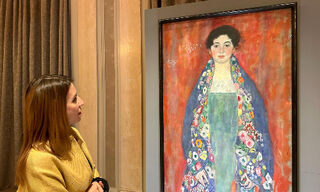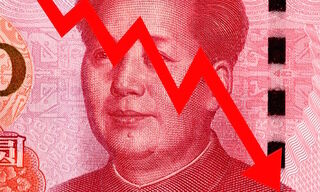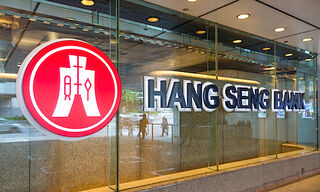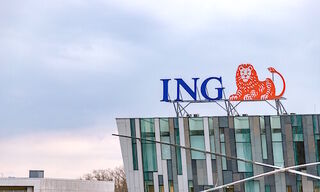A quick round up of important Asian FinTech activities taking place this week.
ICE Clear Singapore Announces First Three Clearing Members:
Intercontinental Exchange (NYSE: ICE), the leading global network of exchanges and clearing houses, announced yesterday that KGI Ong Capital Pte. Ltd., Phillip Futures Pte Ltd and UOB Bullion and Futures Limited (UOBBF) have been approved as the first three clearing members for ICE Clear Singapore.
ICE Futures Singapore and ICE Clear Singapore have received all regulatory approvals from the Monetary Authority of Singapore (MAS).
“We are pleased to welcome KGI Ong Capital, Phillip Futures and UOB Bullion and Futures as the first clearing members of ICE Clear Singapore,” said Lucas Schmeddes, President & COO, ICE Futures Singapore and ICE Clear Singapore. “We continue to see strong interest from market participants and we are working with them through the onboarding process. We will continue to update the market on our progress in regards to member and customer preparations and launch details.”
The establishment of ICE Futures Singapore and ICE Clear Singapore will support an expanded customer base and the further development of the derivatives markets in Asia with a local exchange and clearing presence. ICE has had a presence in Singapore since 2000 serving customers in the global energy markets. In recent years, Asia-based trading activity in our benchmark commodity and interest rate products has been rising as the region assumes a greater role in global derivatives markets.
Singaporean Telco M1 launches mPOS device:
The new mobile Point of Sale (mPOS) solution, launched yesterday by M1 Limited (M1), in collaboration with CIMB, MasterCard and Wirecard, transforms smartphones and tablets into terminals that allow merchants to accept credit, debit and prepaid card payments from customers anytime, anywhere.
The M1 mPOS solution is designed to meet the needs of traditionally cash-based small businesses, startups, and ‘on-the-go’ enterprises such as push-cart vendors and small cafes, to allow them to offer their customers the convenience of card payment.
The introduction of the M1 mPOS solution will offer merchants the benefit of a simple, safe and secure payment experience for their customers, without the need to purchase, set up, and maintain a traditional POS terminal. Start-ups and businesses on-the-move will especially benefit from the mobility of the mPOS solution which allows it to accept payment anywhere with a wireless Internet connection.
In addition, the M1 mPOS solution allows the merchant to easily track and view all transactions through the mobile app and online web portal, making monthly sales reconciliation simple. Receipts are also generated electronically and can be e-mailed to the customer to reduce the business’ carbon footprint.
The offering is timely, given the surge in small businesses in Singapore. The appeal of being one’s own boss, coupled with strong government support, has seen close to 12,000 sole proprietorships registered since April 2014.
Swift Data Shows Growth In Bank Processing Of RMB Payments:
Recent SWIFT data shows that the growth in RMB payments is supported by an increasing number of banks.
“Every month we witness new proof of global RMB adoption”, says Michael Moon, Head of Payments, Asia Pacific, SWIFT. “The number of banks that use RMB for payments with China and Hong Kong is a key internationalization indicator. This large number also shows that many banks, across the globe, may have an interest in connectivity to the China International Payment System that China will launch by end of the year”.
In May 2015, 1,081 financial institutions used the RMB for payments with China and Hong Kong, representing 35% of all institutions exchanging payments with the latter across all currencies. This is a 22% increase in the number of institutions using the RMB and a 6% increase in adoption, up from 29% two years ago.
In May 2015, RMB adoption for payments by financial institutions in Asia Pacific increased to 37% from 33% in May 2013. During the same time period, the Americas experienced even stronger growth with financial institutions increasing their use of the RMB for payments by 10%, leading to 37% adoption. Europe follows closely with 33% adoption and Africa - Middle East with 28%.
Overall, the RMB strengthened its position as the fifth most active currency for global payments in value and accounted for 2.18% of payments worldwide in May 2015. Although all currencies decreased in value by 3.1%, RMB payments increased in value by 1.99% compared to April 2015, which leads to its record high share in global payments.

























